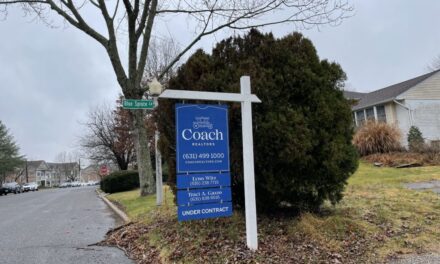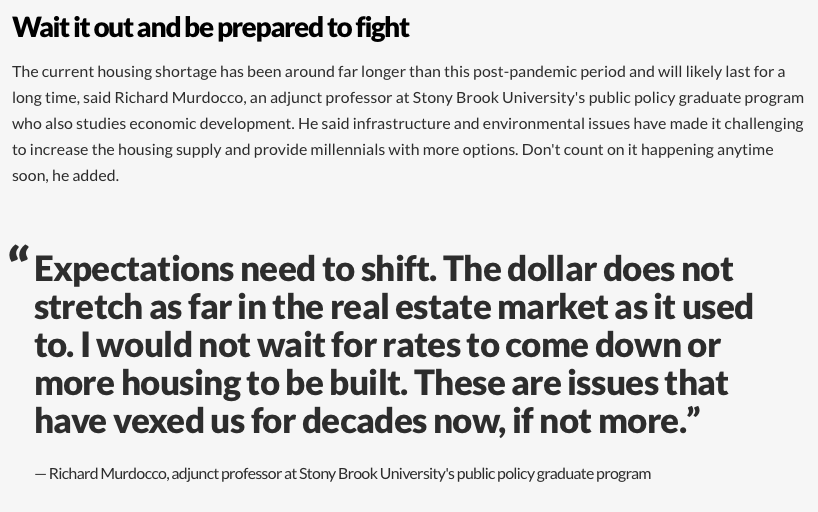The following is a quick hit of editorial analysis from The Foggiest Idea on the local and regional developmental issues that matter. For more, be sure to LIKE TFI on Facebook.
By Richard Murdocco
First published December 18th, 2020. Updated on December 21st, 2020.
The Long Island Power Authority announced late Friday afternoon that they have begun studying whether or not they will continue contracting with PSEG Long Island to manage the Nassau/Suffolk region’s power grid.
The options currently under consideration by LIPA include privatization, reformation of the existing public/private partnership model, or pursuing a model of municipal management. According to Tom Falcone, CEO of LIPA, a formal decision on the management of the system will be made by LIPA’s Board of Trustees, the State of New York, and other relevant stakeholders by March 31st. You can read LIPA’s report here.
LIPA, who owns the system, has been highly critical of the Newark, New Jersey-based utility company’s performance since a scathing report on the utility’s performance found that PSEG Long Island knew of critical flaws in it’s communications infrastructure well-before the tropical storm hit in August. Last week, LIPA formally accused PSEG of absentee management and incompetence in a $70 million lawsuit, stating that PSEG’s “willful failure to adequately design, plan, manage and test key communications and outage management systems were the root causes of the damage.”
New York’s Department of Public Service specifically recommended the litigation to LIPA in November.
“We hired PSEG to do a job and they failed to do it and our customers should get their money back,” Falcone told Newsday after the suit was filed in state Supreme Court in Mineola. “It’s no different than if you bought a car and the dealer sold you a lemon.”
The Foggiest Idea’s Take: With yet another power supplier failing residents, echoes of LILCO are cast over Long Island’s electrical grid like a pall. With PSEG Long Island, the issue wasn’t as much as the impacts from Tropical Storm Isaias, but rather a harsh managerial indifference from an out-of-state entity that gave little regard to the needs of millions of Long Islanders. After the winds of Isaias blew, PSEG’s neglect became all too apparent.
While political grandstanding seems to always rear its head in the days following any crisis, this time around LIPA officials are right to use PSEG’s botched storm response to look both inward and ahead. LIPA was initially created by state statute in 1985, and eventually took over the region’s transmission system in 1998 in an effort to lower costs to ratepayers. Whether or not savings were achieved remains to be seen, but with managerial oversight of the grid, LIPA has direct say over who they can partner with – and it’s time to put that decision-making power to good use.
Moving forward, LIPA must heed New York State’s call to forcefully reevaluate their relationship with PSEG. The relationship between the two was first forged in the aftermath of both Tropical Storm Irene and Superstorm Sandy and finalized in January 2014. After PSEG’s performance in August, now is the time for LIPA chart an ambitious course.
While a March 31st deadline was set by the LIPA Board of Trustees, it wouldn’t be surprising if the talks about the future lean in the direction towards a public option that would lead to municipal electric utility – especially given the fact that it is one of the few paths left fully unexplored.
Storm winds will continue to blow – but unless reformative action is taken, Long Islanders will continue to be left in the dark.












